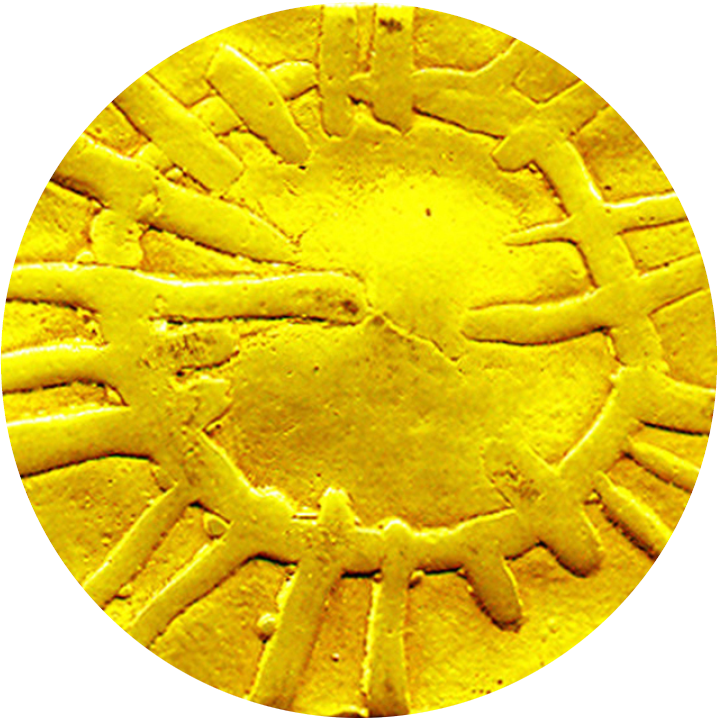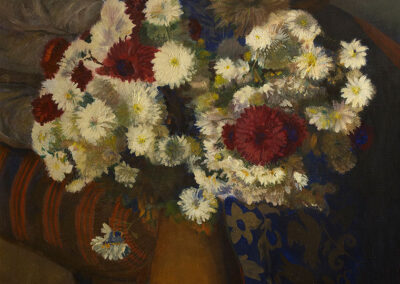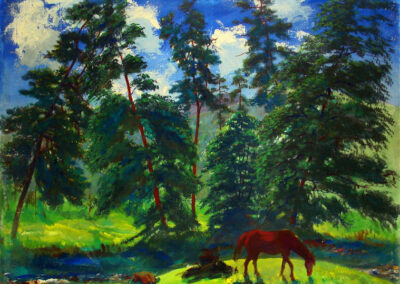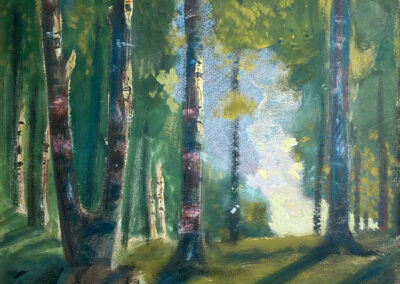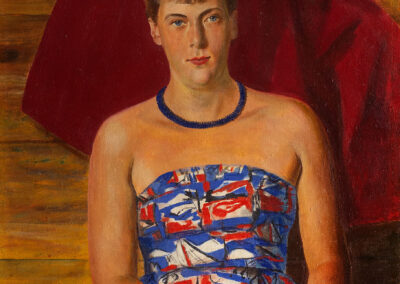Vasily Shukhaev
Images
Info

The life and work of the renowned Russian artist of the 20th century, Vasiliy Shukhaev, unites several periods: Russia, emigration to Europe, the repressions of 1937, his exile to Magadan (1937-1947) and the years he spent in Georgia (1947-1975).
Shukhaev’s work reflected the dramatic events of the 20th century – the influences of the epoch and cultural spaces in which he lived and worked: in both pre-revolutionary and post-revolutionary Russia, during his emigration to Finland, Italy, France, and Morocco, and finally to Georgia.
Vasiliy Shukhaev’s peculiar style is determined by the traditions of classical art: the Renaissance, Baroque and Classicism, which he applied in the context of Modernist trends. The artist’s “neoclassical” style presents an interesting version of the history of culture and its contemporary movements. The artist even interprets the works of Old Masters through modern issues, and contemplates them from the position of symbolist aesthetics. Shukhaev is known for his wide range of creative activities and diversity of genres. He worked in the realms of easel painting and graphics, as well as creating monumental panels and theatrical works. His works are characterized by perfection of the drawing technique, tectonics of the compositions, their restrained stylization, sculptural forms, the dominance of line and contour during the modeling of the shapes, and the expressiveness of the pictorial appearance.
The Georgian period became the final and interesting phase of Shukhaev’s work. His work as an instructor at the Tbilisi State Academy of Arts was an important contribution to the shaping of Georgian culture.
Baia Tsikoridze

Vasily Shukhaev (1887-1973) A Retrospective. Exhibition Catalogue. 2014

Василий Иванович Шухаев. Издательство Художник РСФСР. Ленинград, 1972
